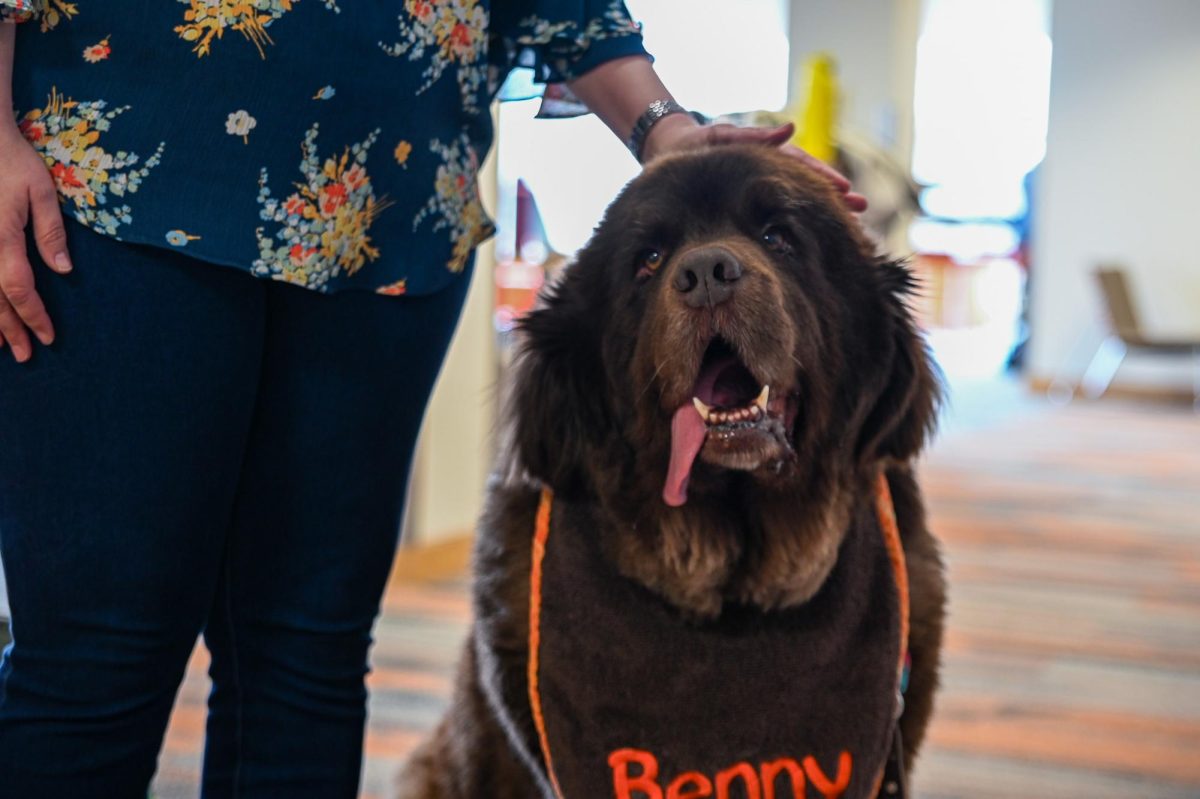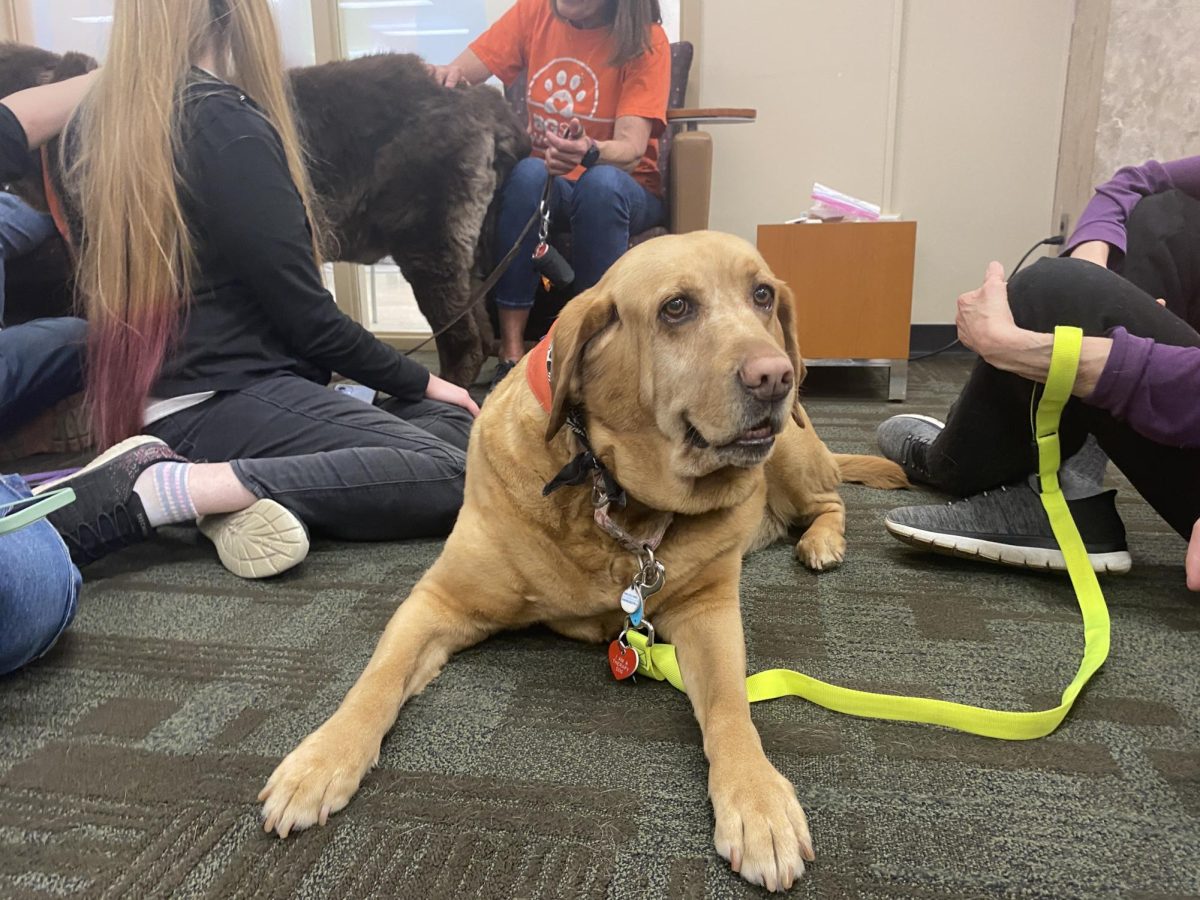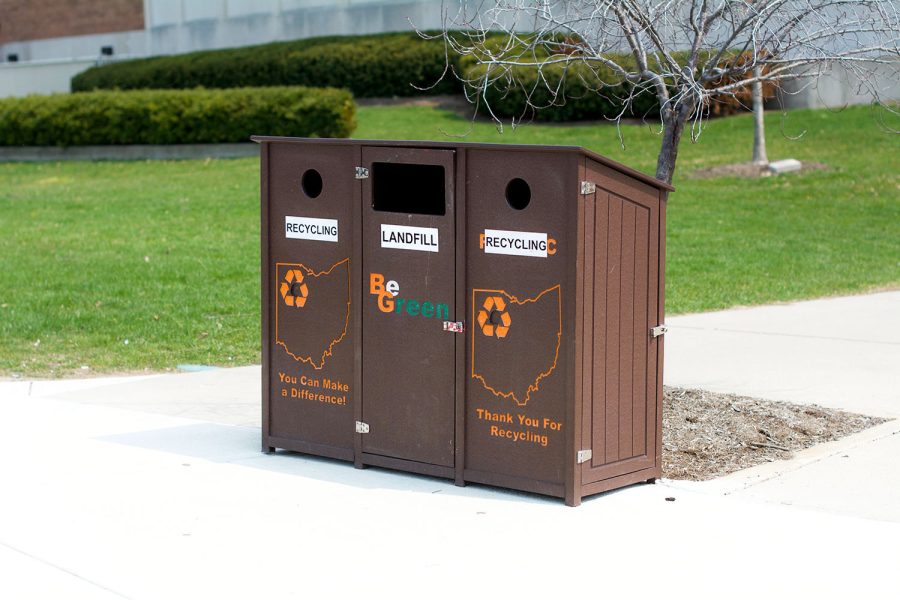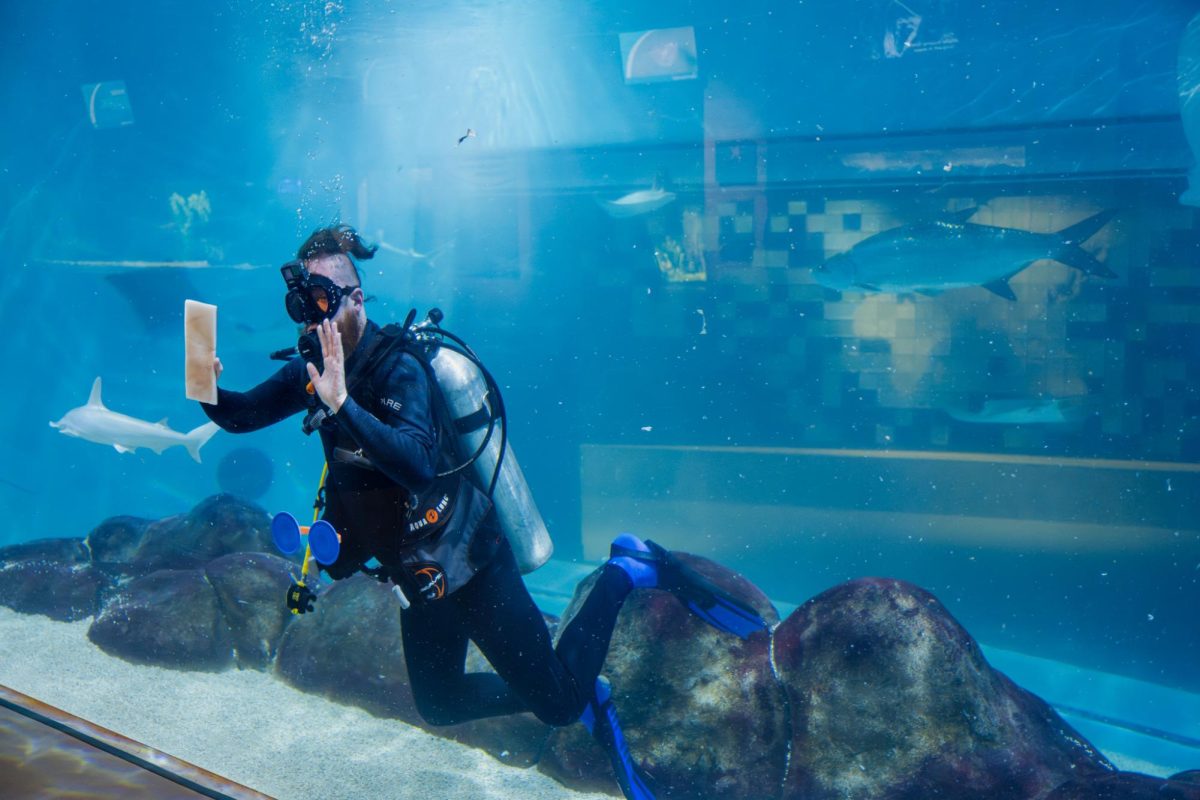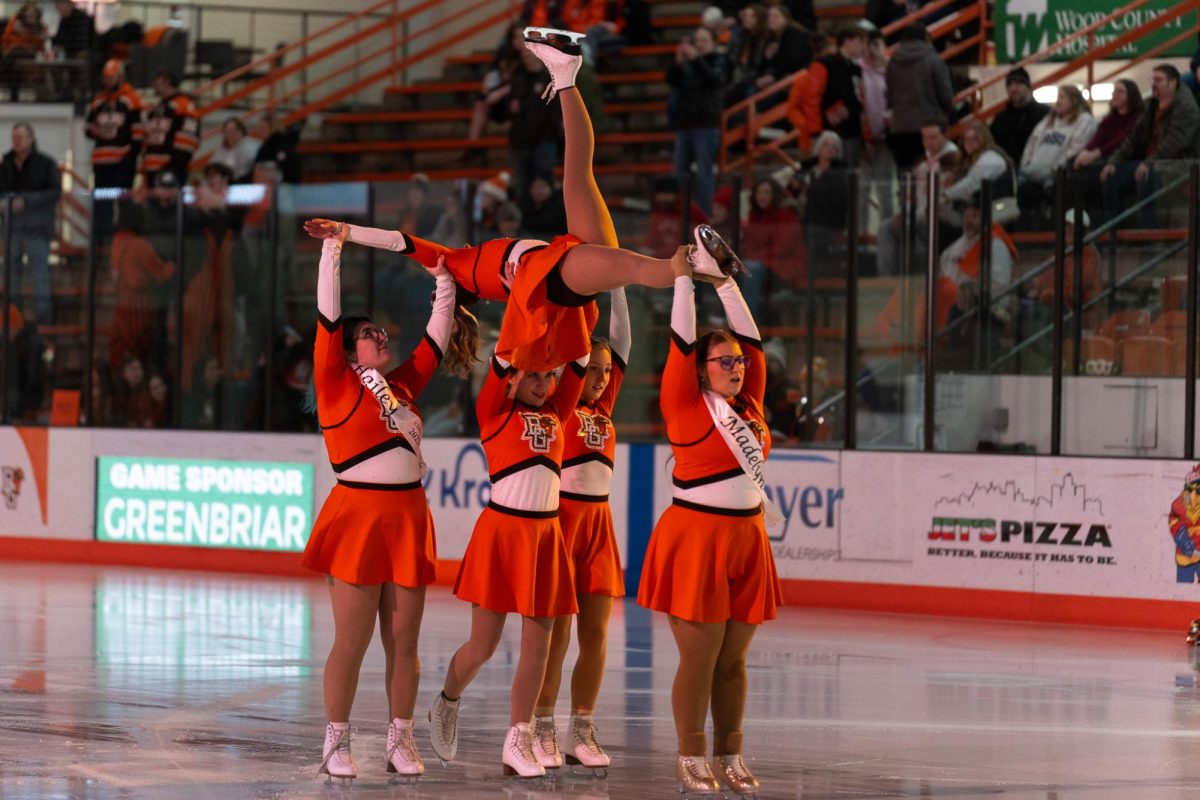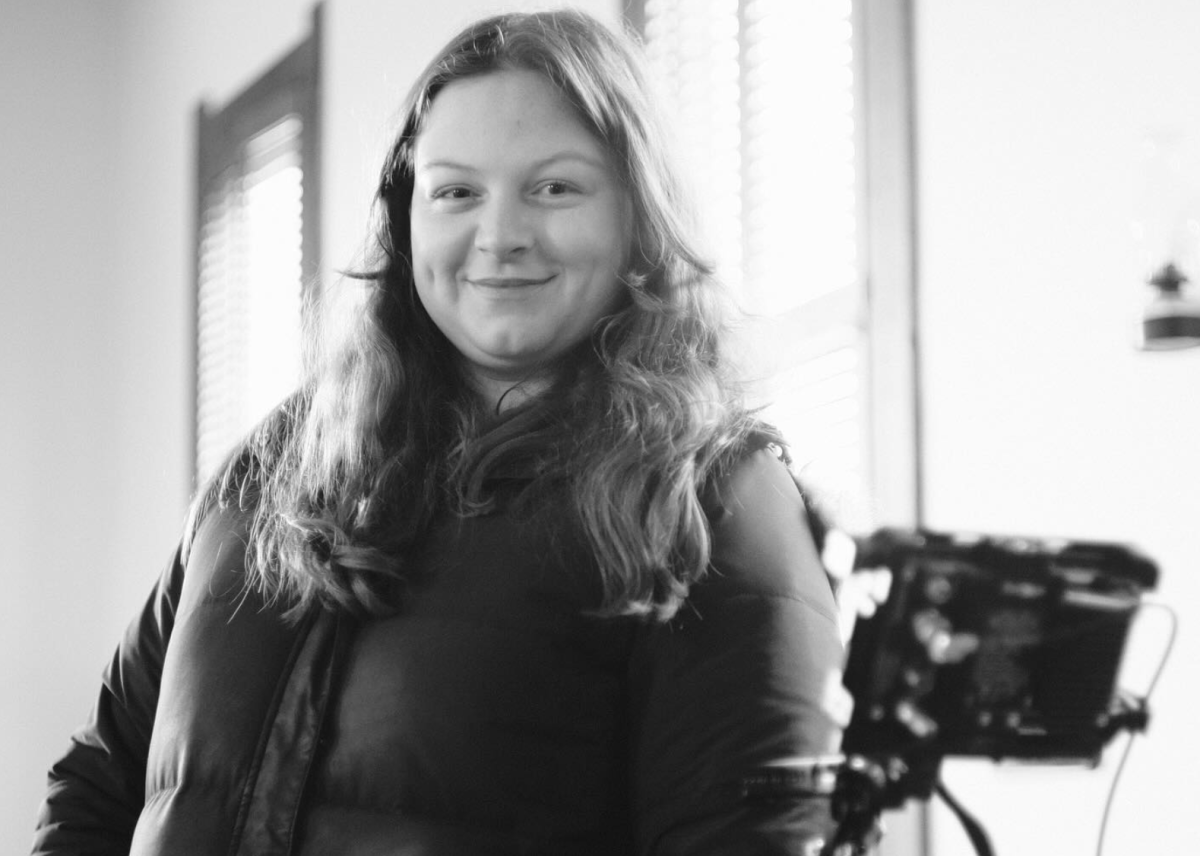John Balistreri, a professor in the School of Art, created an innovative way of printing works of art.
He has constructed a 3-D ceramic printer that will change not only the art world, but other industries as well.
Users must provide an image for the printer to read, which then translates into a 3-D model. The technique used is called powder binding. This means that there are layers of powder smashed tightly together to form the object being printed. Before Balistreri could sell this new invention, he needed to have it patented so that it could be sold commercially and used on campus.
Michael Ogawa, vice president of research at the University, deals with the patents, which the Board of Trustees approved at the February meeting.
Ogawa said an upside to this device is that it is more efficient than creating art by hand.
Another advantage to these printers has to do with the process of duplicating objects. This device should be able to produce an image into as many physical representations as one may need.
Clay Leonard, instructor in the School of Art, is in charge of the ceramics program until Balistreri returns from a long-term leave he has taken. Leonard said the printer provides a certain freedom in the art community.
“We can use it to showcase how we feel about things creatively,” Leonard said.
3-D ceramic printing provides opportunities to other fields of work too, like engineering and biomedical fields.
Ogawa said these devices can be used to make bone implants and casting in terms of medicine. This printer can form casts and implants that fit the proportions of a patients body correctly, making for a more comfortable fit.
Leonard said these devices should be used in the classroom as well as outside of it.
“It is critical that we have student access,” Leonard said.
Freshman and art student Ben Fasciano said that he would definitely use it for ceramics.
“I would want to make a miniature action figure with it,” Fasciano said.
He agrees that it is important to have the printer open to everyone on campus, so that a variety of artists can experience using it.
“It should be available to both students and faculty,” he said. “It can be used as a teaching tool at the University.”


